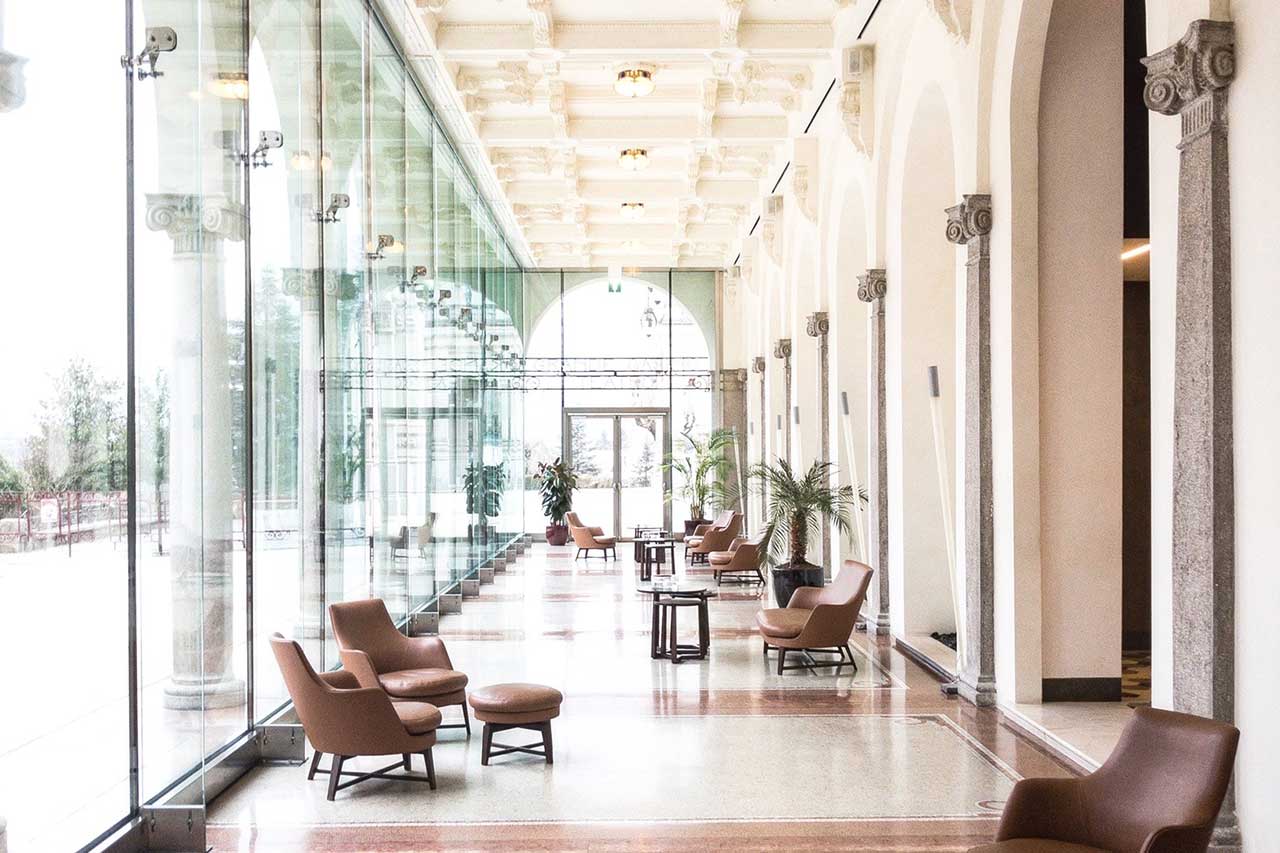
Q: What is the greatest source of heat loss and gain in any building?
A: Windows.
Q: How can we minimize heat loss and gain through windows?
A: Window film.
Window films are recognized by credible fenestration rating groups as effective products for improving the energy efficiency of windows. Window fihn manufacturers are able to certify their products’ energy performance ratings according to the National Fenestration Rating Council (NFRC) certification process. The NFRC provides an independent, third-party verification of window film performance that enables product comparison. An NFRC label provides valuable units of measure when applying for LEED credits, including:
• Solar Heat Gain Coefficient – a measure of how well a product blocks heat from the sun. The lower the SHGC, the better a product is at blocking heat gain.
• Visible Transmittance – a measure of how much light comes through a particular window film. The higher the VT, the higher the potential for daylighting.
• Shading Coefficient – the ratio of solar heat gain through a given glazing system to solar heat gain under the same conditions for clear, unshaded window glass.
The U.S. Green Building Council is committed to a sustainable future through cost-efficient and energy-saving green buildings and works to that end through its LEED green building program. Many window films meet LEED Energy and Atmosphere Prerequisites and qualify for LEED credits. Qualifying categories for credits include “Optimize Energy Performance”, “Indoor Environmental Quality” and “Daylight and Views” among others.
Minimizing heat gain in wanner months and loss in colder months is crucial to reducing the energy required to heat and cool your building. Insulating, Low-E window films have been specifically designed to conserve energy. Featuring “Wavelength-Selective” metals that block more of the solar spectrum than conventional metals, window films block up to 73% of the sun’s heat. They can also reduce heat loss by up to 30%. Utilizing a metal coating. their construction enables interior room heat to reflect back into the room – rather than escaping through inefficient windows. Personal comfort is improved, temperature fluctuations are reduced and considerable savings on fuel expense are generated. Quick, clean, and economical, a quality window film installation delivers benefits immediately and pays for itself in short order – conservatively within three years, Even if your building has Low-E windows, window film can improve their performance considerably.
Additionally, window films improve building safety and security. Designed to hold glass in place in the event of bomb blasts, high-impact blows or violent weather, safety films significantly reduce risk of injuries from flying glass and property damage from exposure to the elements. The goal for green building advocates cannot be achieved without addressing the greatest source of heat gain and loss in our buildings – its windows. A professional installation of quality window films provides an immediate and practical answer to the question of how to improve window energy performance…without breaking the bank. With each window film retrofit, we move closer to our goal of a sustainable future.
Corporate Location: 23042 Mill Creek Drive, Laguna Hills, CA 92653
Copyright 2025 - American Window Film | All Rights Reserved | Contractor's License #1054307